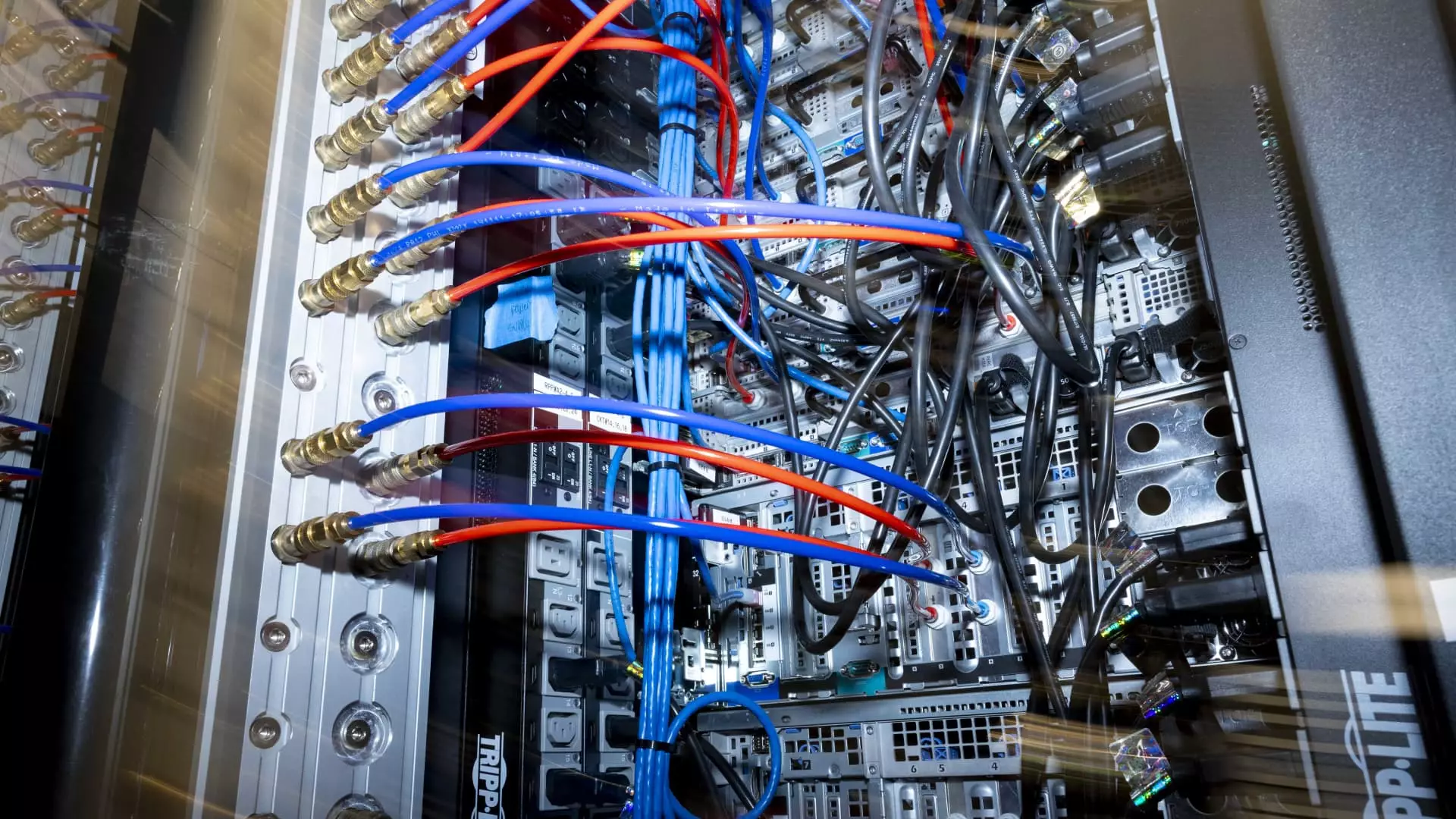The U.S. government is in the advanced stages of rolling out critical measures aimed at regulating American investments in China, particularly concerning sensitive technologies. The Treasury Department is expected to introduce new rules requiring notification for outbound investments focused on fields such as artificial intelligence, semiconductors, microelectronics, and quantum computing. These technologies carry the potential for military applications and are seen as crucial to China’s ongoing military modernization efforts. Reports suggest that the final regulations could be unveiled within the next week, indicating an urgent push from the Biden administration to curb potential threats to national security posed by these investments.
The Biden administration’s initiative to impose these restrictions is driven by a desire to ensure U.S. technological supremacy while simultaneously safeguarding national interests. The issuance from the Treasury Department highlights concerns about the evolving military capabilities of nations identified as threats, notably the People’s Republic of China (PRC). By limiting the flow of American capital and expertise into sensitive technological areas, the aim is to reduce the risk of inadvertently bolstering adversarial military and surveillance capabilities. Such measures reflect a broader geopolitical strategy, aligning U.S. economic resources and national security considerations within an increasingly competitive global landscape.
As the potential announcement nears, industry experts and former officials speculate on the implications of these regulations. Former Treasury official Laura Black suggested that the timing of the release may be strategically aligned with the upcoming presidential elections. This indicates that not only is the administration focused on immediate national security concerns, but it is also keen on establishing a political stance that resonates with voters who prioritize national security. Furthermore, the Treasury’s outreach to the public and businesses for input on the regulations demonstrates a willingness to engage stakeholders in a process that could shape the future of U.S.-China economic relations.
These anticipated regulations are part of a broader strategy that nations around the world are adopting in response to the technological rivalry between the U.S. and China. The rules build upon significant export controls initiated in October 2022, which already aimed to restrict China’s access to advanced semiconductor technology used particularly in artificial intelligence applications. Additionally, the imposition of tariffs on Chinese imports signifies a tough stance by the U.S. government, reflective of a desire not only to protect domestic industries but also to maintain a competitive edge in critical technological domains.
As the global landscape shifts toward a more fragmented technological ecosystem, with the U.S. and China at the forefront, the introduction of these investment restrictions underscores the necessity for vigilance in protecting national security. It remains to be seen how these regulations will affect corporate strategies and the broader U.S.-China economic relationship. Nevertheless, it signals a clear recognition by U.S. policymakers of the complexities and risks inherent in international technology investments, ensuring that the nation’s security interests remain paramount in an increasingly interconnected yet competitive world.

